In the accounts of ECB’s December 15-16 meeting, Governing Council members concurred that the “recent and projected near-term increase in inflation was driven largely by temporary factors that were expected to ease in the course of 2022. ” However, it was also “cautioned” that a “‘higher for longer’ inflation scenario could not be ruled out.”
Thus, ECB should “communicate clearly that it was ready to act if price pressures proved to be more persistent and inflation failed to fall below the target as quickly as the baseline projections foresaw.” On the other hand, concerns were also expressed about “premature scaling back of monetary stimulus and asset purchases.”
A “large majority” of members agreed with the policy changes, including scaling back the pace of PEPP purchases in Q1, extend the PEPP reinvestment horizon until at changes end of 2024, increase APP net purchases temporarily.
But some couldn’t support the overall package on some reservations on “recalibration of APP purchases and the extension of the minimum PEPP reinvestment period, as well as the statement about flexibility in future asset purchases beyond the confines of the specific circumstances of the present pandemic.”
Full meeting accounts here.




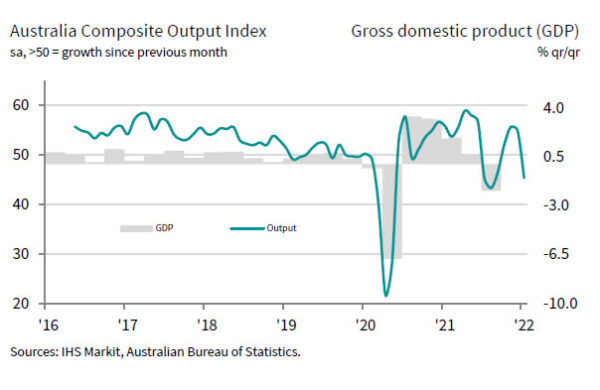
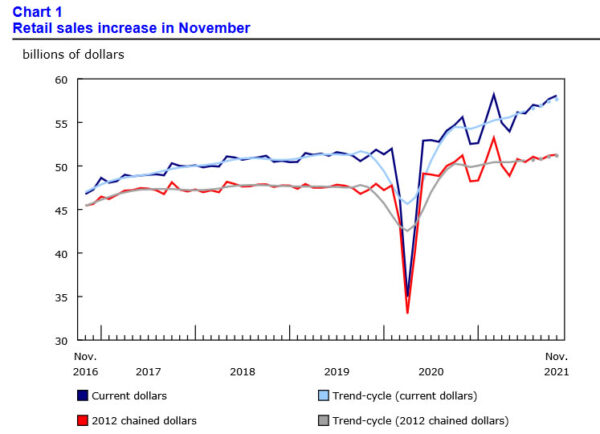
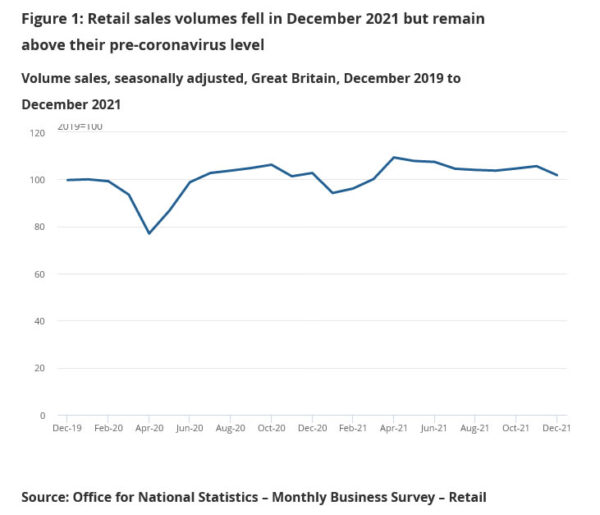
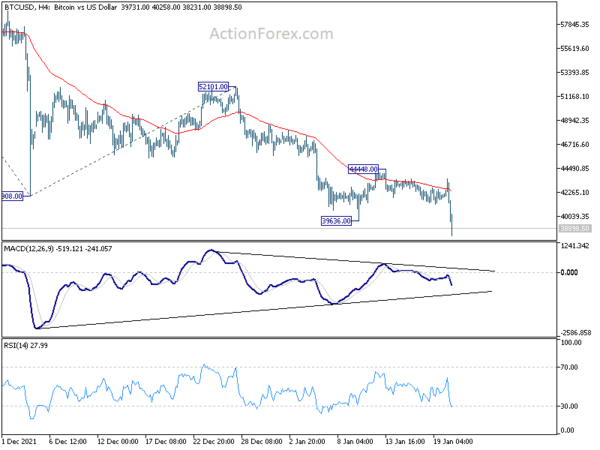
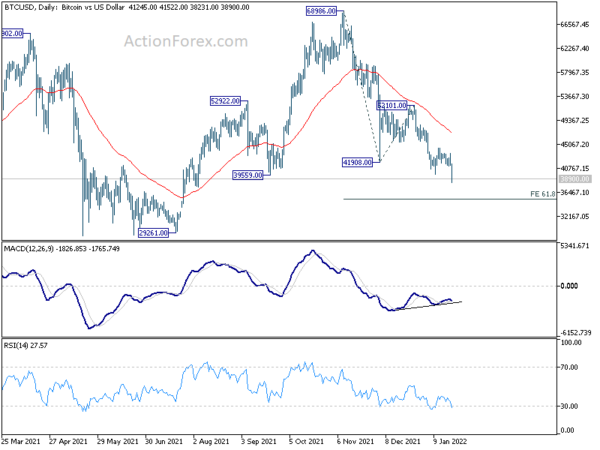
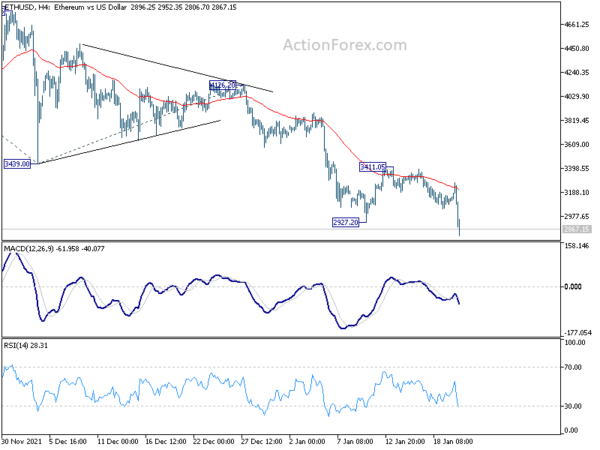
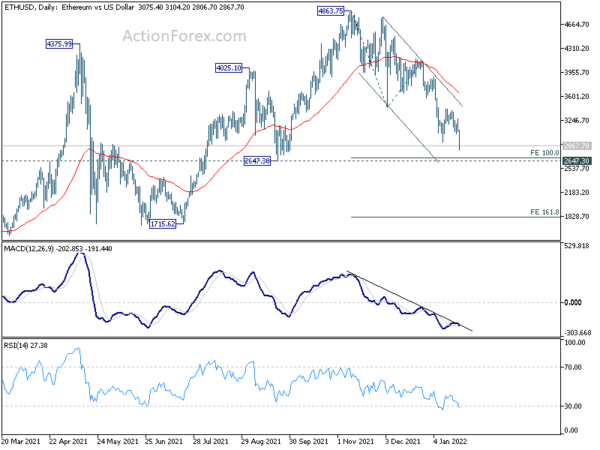
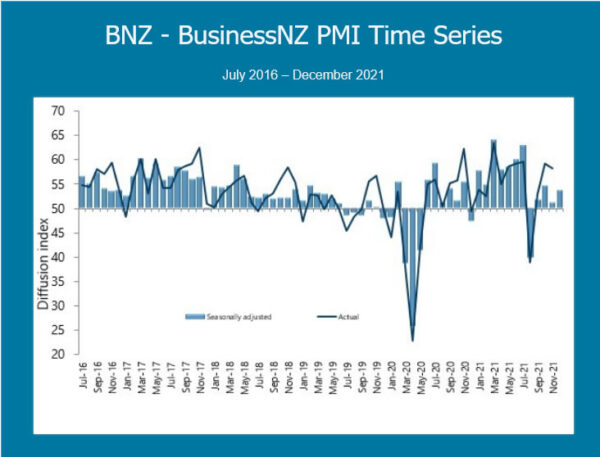
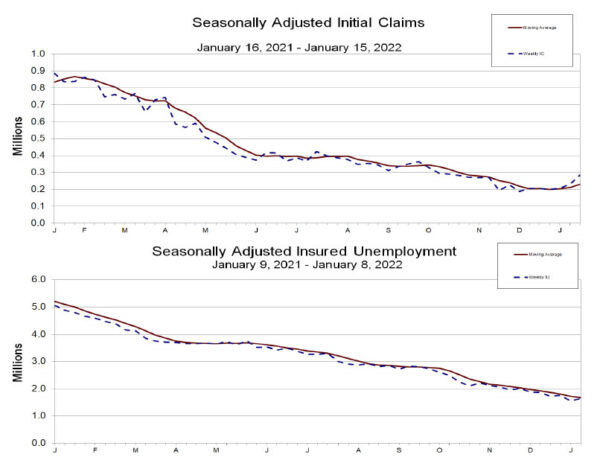

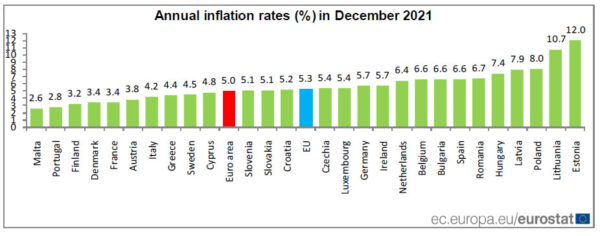
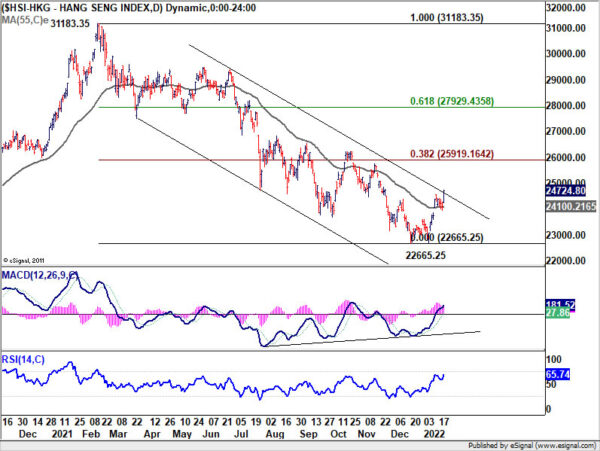
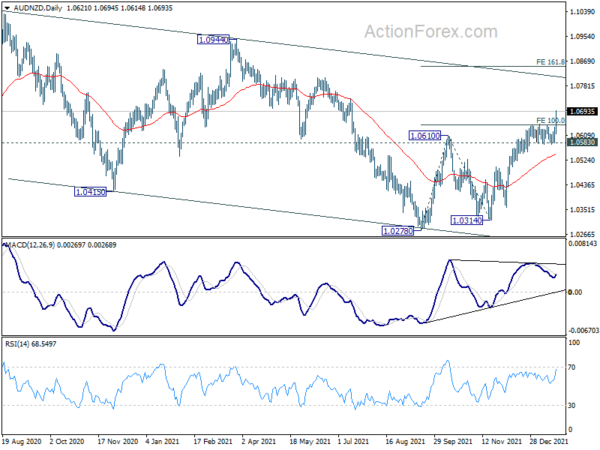
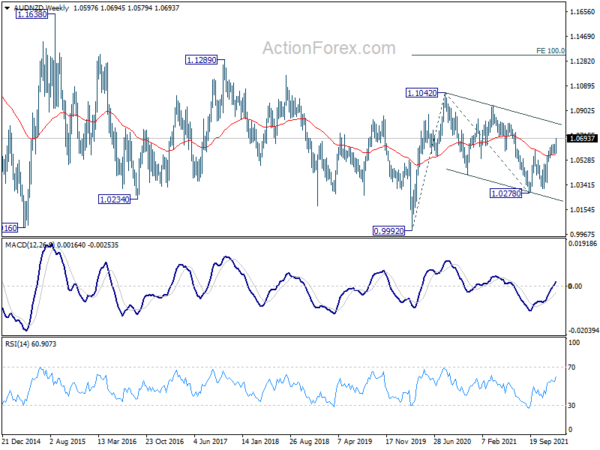
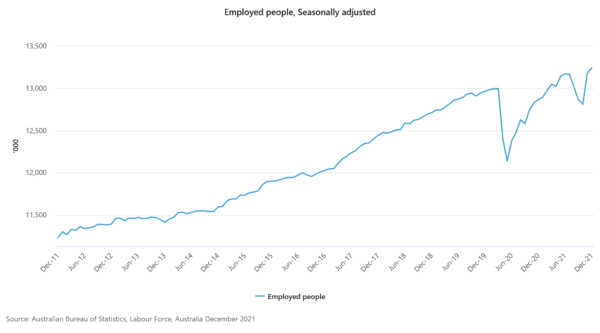
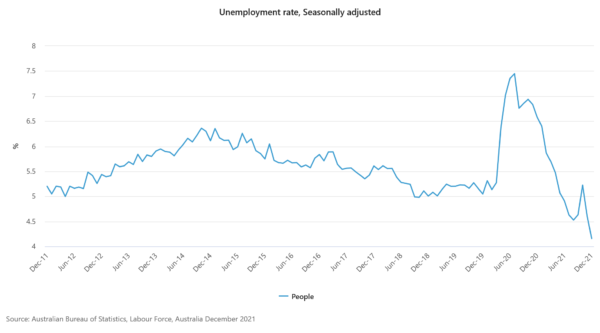
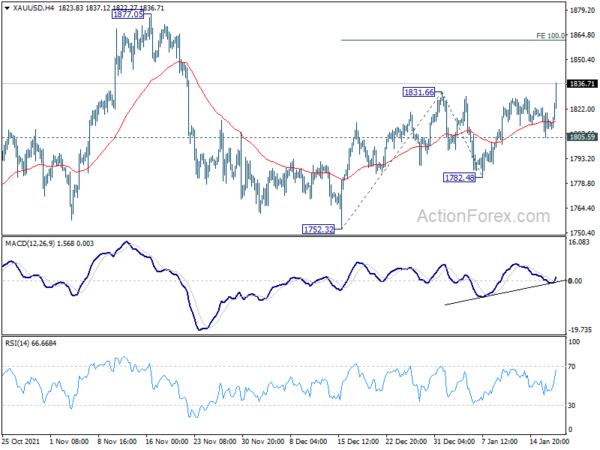
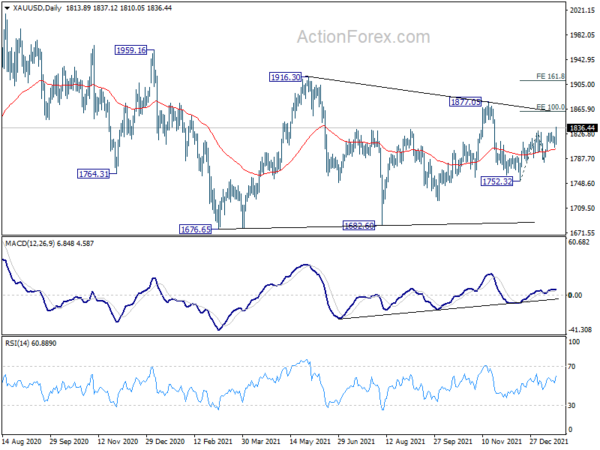
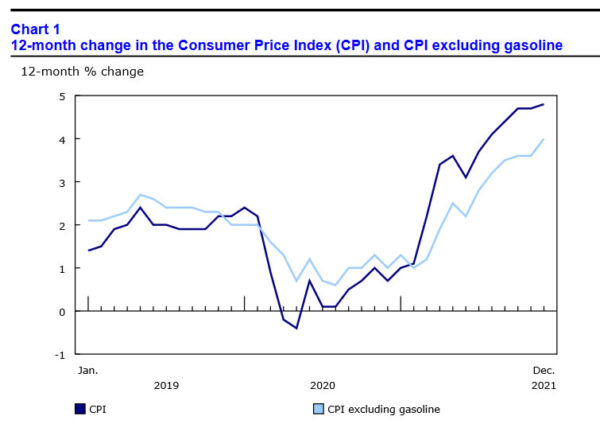
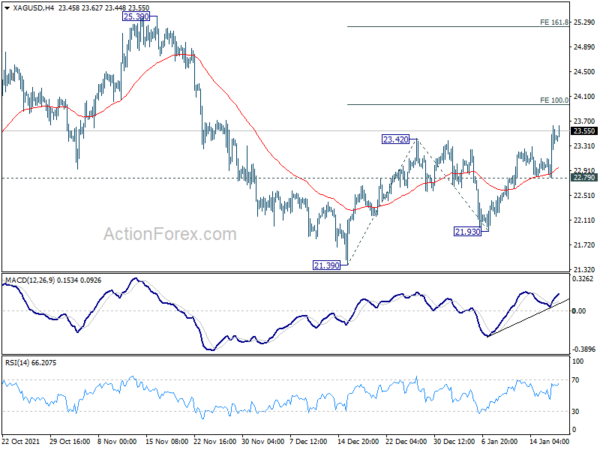
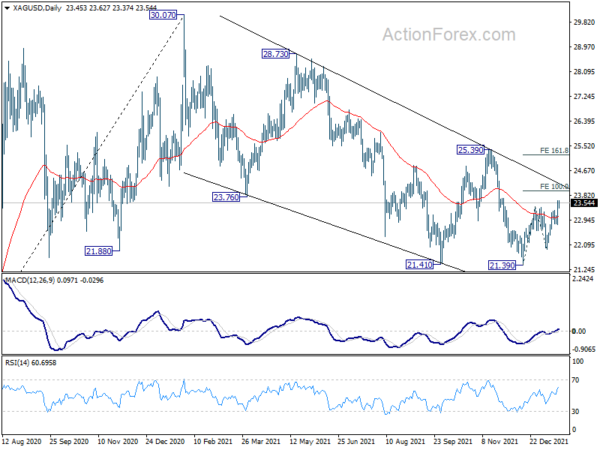

Japan PMI manufacturing ticked up to 54.6, services tumbled to 46.6
Japan PMI Manufacturing ticked up from 54.3 to 54.6 in January, below expectation of 55.0. PMI Services dropped sharply from 52.1 to 46.6. PMI Composite also dropped from 52.5 to 48.8.
Usamah Bhatti, Economist at IHS Markit, said: “Flash PMI data indicated that activity at Japanese private sector businesses dipped into contraction territory for the first time in four months at the start of 2022. The pace of decline was modest, and led by the sharpest fall in services activity since August, while manufacturers commented on a slight quickening in output growth.”
Full release here.